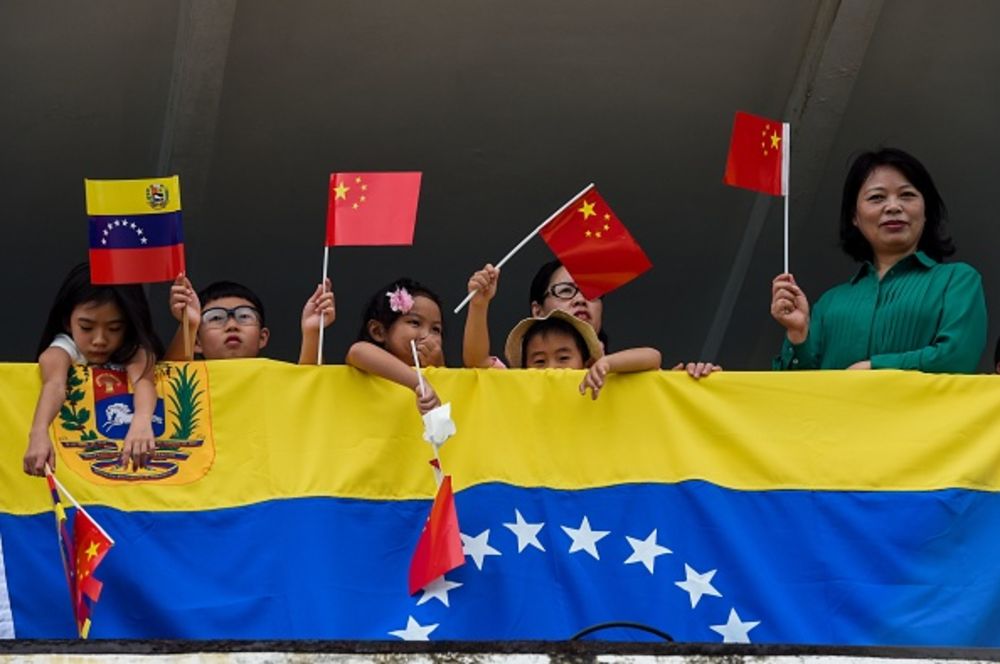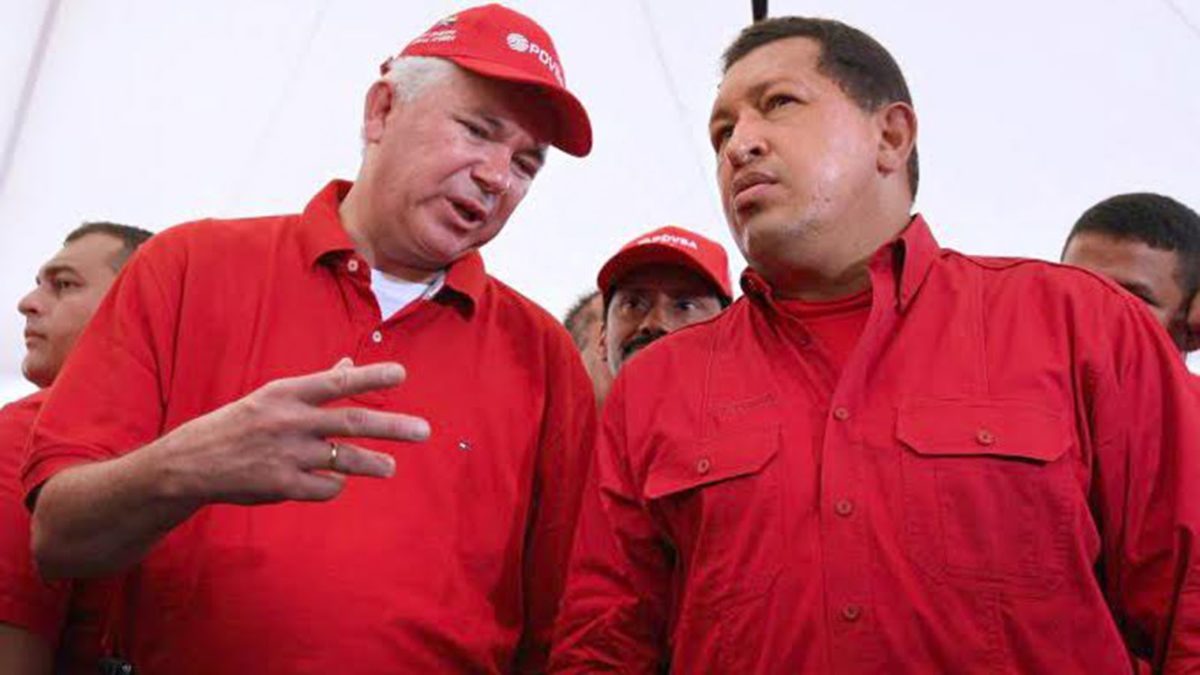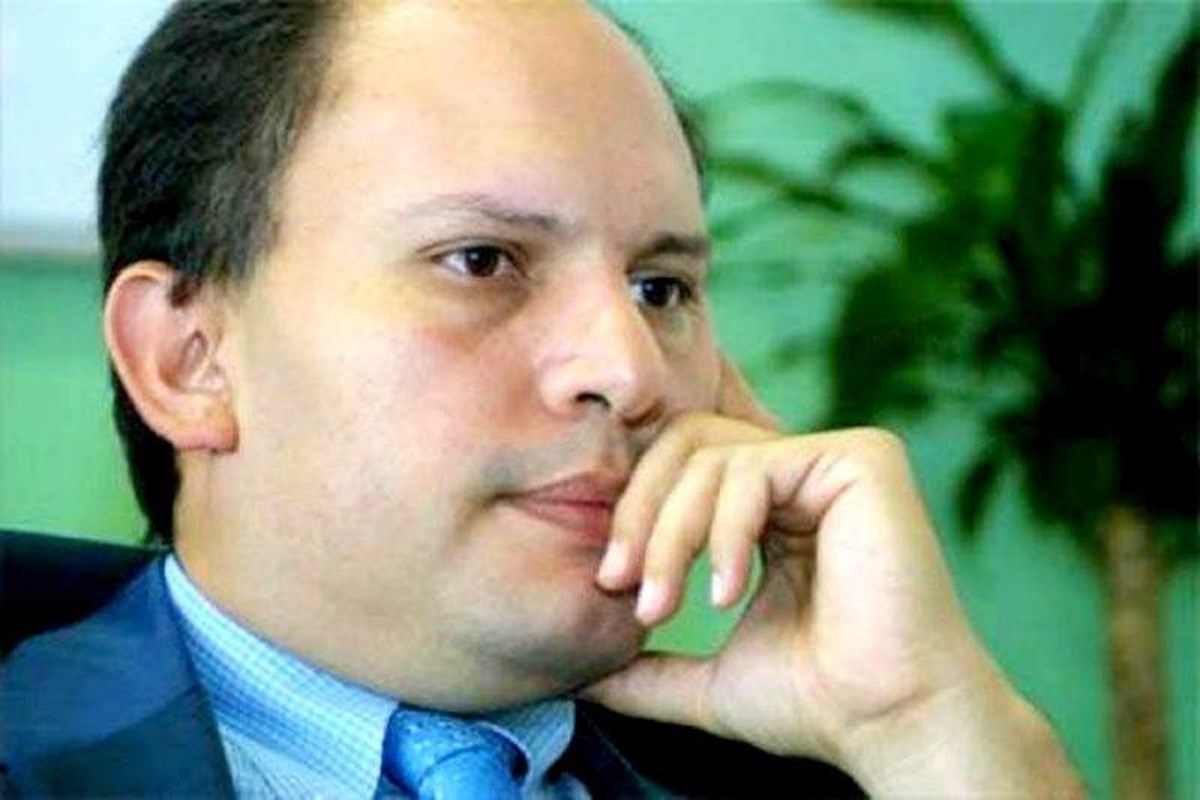Venezuela-China, explained: The geopolitics of the dragon in Little Venice

This is the third of a four-part series, which will be published on Mondays this month, that spotlights the Venezuela-China relationship.
Part One: China’s choice to penetrate the Latin American market
Part Two: China, Venezuela, and the New Silk Road in between
Part Three: The geopolitics of the dragon in Little Venice
Part Four: China, a long-term partner for Venezuela?

Key points:
- In 2001, Venezuela became the first Hispanic country to enter into a “strategic development partnership” with China, a relationship that was elevated to “comprehensive strategic partnership” in 2014, and which now totals at least 790 investment projects in Venezuelan territory. They range from infrastructure, oil, and mining to light industry and assembly.
- China’s development projects in Venezuela have disappeared over the past 11 years, mostly devoured by corruption or by the debt default that the South American country has incurred with the Asian giant, which froze many direct investments.
- Loans from China to Venezuela reached at least $50 billion by 2017, with some estimating the number to have been as high as $60 billion. (The uncertainty regarding the figure is the result of opaque loans, split into payments of $2 billion and $5 billion each.)
- As of 2016, China has stopped issuing new loans to Venezuela. Since then, Chinese representatives have sought unofficial meetings with individual members of the opposition, trying to secure guarantees that the debt, about $20 billion, will eventually be paid back.
- In 2000, there was an immigrant population of approximately 60,000 Chinese in Venezuela. Eighteen years later, President Nicolás Maduro estimates there are 500,000 Chinese citizens residing in the country.
- Venezuela has gold reserves with a commercial value of more than $200 billion. In Coltan, reserves are valued at at least $100 billion, and iron is estimated at more than $180 billion. China worked with Venezuela on the Venezuelan Mining Map in an area of 111,800 square kilometers (12.2% of Venezuelan territory), and currently has direct investments of over $580 million.

PART THREE
The geopolitics of the dragon in Little Venice
There are many stories as to the origin of the name Venezuela. In one version, it comes from the nickname “Little Venice,” which Américo Vespucio wanted to call the territory after the Spaniards’ second trip to America, arriving at indigenous dwellings built with wood on the gentle waters of Lake Maracaibo.
More than 500 years later, the waters of Venezuela no longer seem so tame. The oil country has become a headache for its traditional partner, the United States, as the U.S. State Department has indicated it is worried about the encroachment of Beijing. Rex Tillerson, the former secretary of state, warned of China’s “imperial” ambitions in the region in February 2018. This declaration was made as the U.S. and China made preparations to slog out a trade war.
Since 2006, China has partnered with Brazil, Russia, and India — four emerging economies that make up the BRIC countries, an acronym coined in 2001 by the British economist Jim O’Neill. He theorized that the economies of these countries would dominate by 2050. In 2010, South Africa was added, leading to “BRICS.”
The strengthened political influence of BRICS countries has inevitably led to the displacement of traditional Western leaders. This has inflamed the trade dispute that the U.S. has unleashed on China, part of a larger battle over global primacy. Venezuela, due to its geostrategic importance and its Latin American influence, has been pulled into the gravity of this conflict. But it might also bring some benefits to the region.
Last May, after President Nicolás Maduro won a second term, Venezuela was subjected to international sanctions by the U.S. — “The illegitimate result of this fake process is a further blow to the proud democratic tradition of Venezuela,” U.S. Vice President Mike Pence said in a statement — which has pushed the country closer to BRICS nations. Even before the latest round of sanctions, one commenter, Félix Arellano, wrote that obtaining the support of BRICS countries could provide “the necessary oxygen” that would keep Maduro in power.
Meanwhile, China’s aim is solely profit, as Venezuela has some of the largest mineral reserves in the world. The recent binational agreements and public support offered by President Xi Jinping to Maduro, accompanied by new contracts, indicate the strength of Chinese interests.
Venezuelan corruption

The money to be made from working with China has attracted the unscrupulous, particularly those with power and the ability to sign contracts with the Venezuelan government.
In 2012, the nongovernmental organization Transparencia Venezuela published an investigation that revealed inconsistencies in the accounts of the resources allocated to the National Development Fund and the China-Venezuela Joint Fund (see Part 1 of our Explainer for more on the Joint Fund). Transparencia Venezuela reported that out of 29 projects worth more than $6 billion, 15 were lacking reports of completion.
In July 2013, five months after first assuming the presidency of Venezuela, Nicolás Maduro announced the arrest of eight people linked to an embezzlement scandal of $84 million allocated to the Joint Fund, resources that “were intended for food production plans,” he said. This was the beginning of a series of official investigations, sparked by investigative journalists, on corruption amid the commercial relationship between China and Venezuela.
Four of those captured at that time were Venezuelan officials directly attached to the Joint Fund, which Maduro accused of being members of the Primero Justicia opposition party. However, these accusations proved to be untrue. The rest of the prisoners were workers of the Swiss company Cavemin (Venezuelan Industrial Maintenance Company).
Venezuela’s attorney general said on December 19, 2012, that an investigation had been conducted to scrutinize “two alleged irregular disbursements” of funds authorized by the Joint Fund and paid for by the Bank of Economic and Social Development of Venezuela to the companies Kelora SA ($22 million) and Bismarck Consortium Trading Corp ($62 million). A year later, former Joint Fund operations manager Javier Elías Briceño Scott was captured in Mexico and extradited to Venezuela.
But the corruption scandals were only beginning. By 2015, when the Financial Intelligence Unit of the State Treasury Department drew attention to the Banca Privada de Andorra for laundering money from the Chinese, Russia, and one of the networks in the heart of Petróleos de Venezuela (PDVSA), heads began to roll.
In 2017, an Andorran court revealed that it was investigating a network of at least 35 people, most of them Chavismo officials (Chavismo is a left-wing political ideology based on former president Hugo Chávez), for the embezzlement of more than 2 million euros between 2007 and 2012 in the Venezuelan oil industry, which had been deposited in the Private Bank of Andorra.
Among the defendants in the case was Diego Salazar, cousin of the former president of PDVSA, and former Venezuelan Minister of Energy Rafael Ramírez, who was arrested in Caracas in December of that year.
According to a report in Spain’s newspaper El País, Salazar was the intermediary for a group of Chinese companies to obtain contracts in Venezuela to carry out public works, which required the collection of commissions and 10% of net profits from each of the negotiations. Thanks to this, he obtained for himself and his collaborators a total of $200 million.
Salazar’s business was possible because of a bilateral agreement signed in 2010, called the Great Volume loan, in which China agreed to loan $20 billion to build energy infrastructure in exchange for oil. Before a judge, Salazar confirmed in Andorra in 2015 that it was Chinese authorities who had “the power to decide which companies did the projects.”
Nervis Villalobos, former Vice Minister of Energy during the presidency of Hugo Chávez, also participated in the embezzlement network. He was arrested in October 2018 in Spain, accused of committing money laundering. Days later, he declared before a court that the resources he used came from the China-Venezuela Joint Fund.

Then, in November 2018, Venezuela’s national treasurer during Chávez’s government, Alejandro Andrade, pleaded guilty to money laundering in the U.S. The military official confessed to having participated in a bribery scheme worth a billion dollars. While he was treasurer, Andrade also held the presidency of the Economic and Social Development Bank, the entity in charge of administering, among others, Joint Fund resources.
Days later, an investigation by Andorra found that Diego Salazar, Venezuelan entrepreneur and cousin of the former Minister of Petroleum, Rafael Ramírez, collected around $200 million from five Chinese companies. This was in order to facilitate contract awards with state-owned PDVSA and Corpoelec in the framework of the Great Volume loan.
Venezuela is currently ranked 166th out of 176 nations in Transparency International’s ranking of corruption, ahead of countries like Libya, Yemen, Somalia, and North Korea.
Part One: China’s choice to penetrate the Latin American market
Part Two: China, Venezuela, and the New Silk Road between
Part Four: China, a long-term partner for Venezuela?





